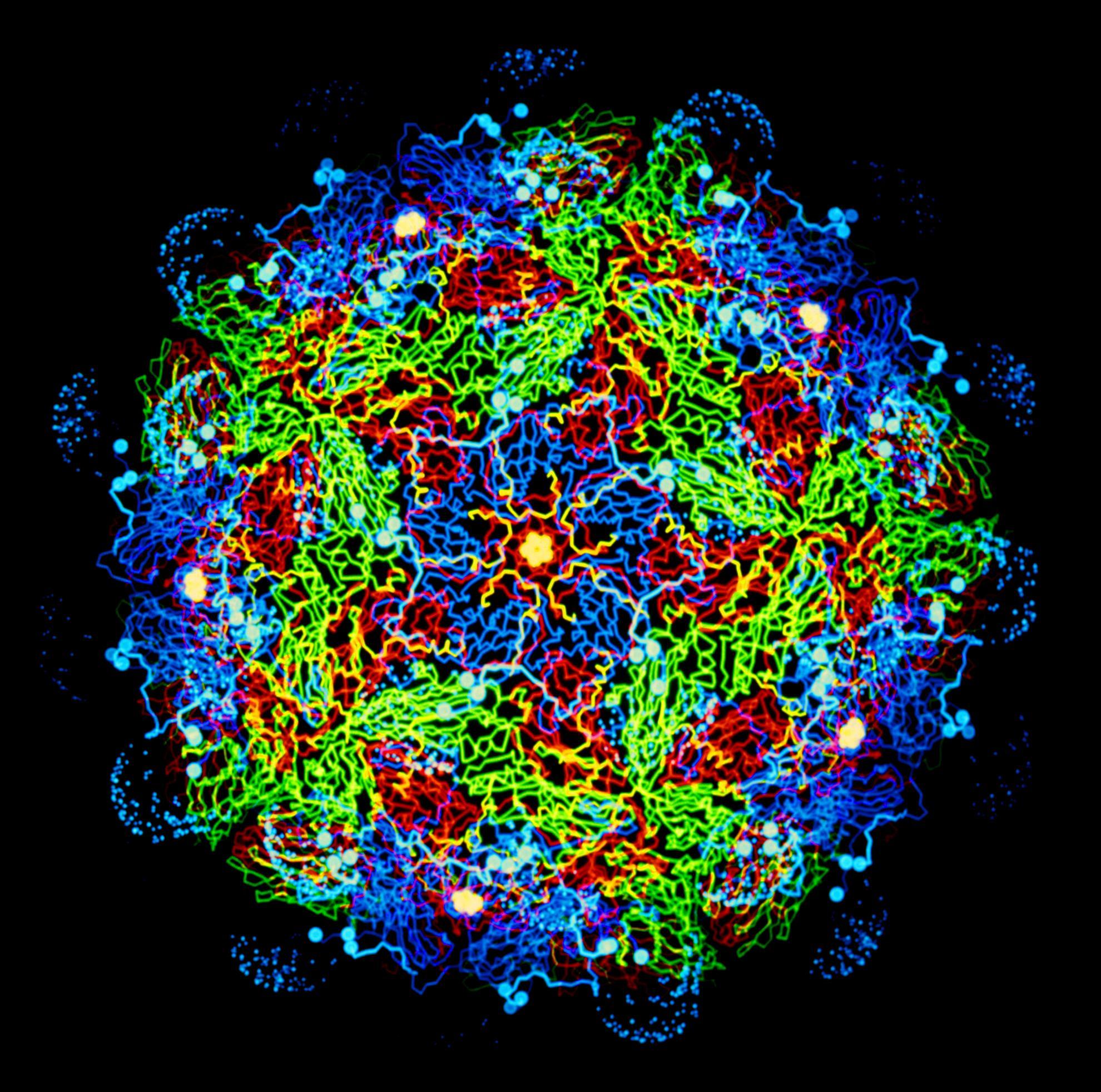Mass vaccination, immunity and coverage: modelling population protection against foot-and-mouth disease in Turkish cattle
Foot-and-mouth disease (FMD) in Turkey is controlled using biannual mass vaccination of cattle. However, vaccine protection is undermined by population turnover and declining immunity. A dynamic model of the Turkish cattle population was created. Assuming biannual mass vaccination with a single-dose primary course, vaccine history was calculated for the simulated population (number of doses and time since last vaccination). This was used to estimate population immunity. Six months after the last round of vaccination almost half the cattle aged <24 months remain unvaccinated. Only 50% of all cattle would have received >1 vaccine dose in their life with the last dose given ≤6 months ago. Five months after the last round of vaccination two-thirds of cattle would have low antibody titres (<70% protection threshold). Giving a two-dose primary vaccination course reduces the proportion of 6–12 month old cattle with low titres by 20–30%. Biannual mass vaccination of cattle leaves significant immunity gaps and over-reliance on vaccine protection should be avoided. Using more effective vaccines and vaccination strategies will increase population immunity, however, the extent to which FMD can be controlled by vaccination alone without effective biosecurity remains uncertain.

